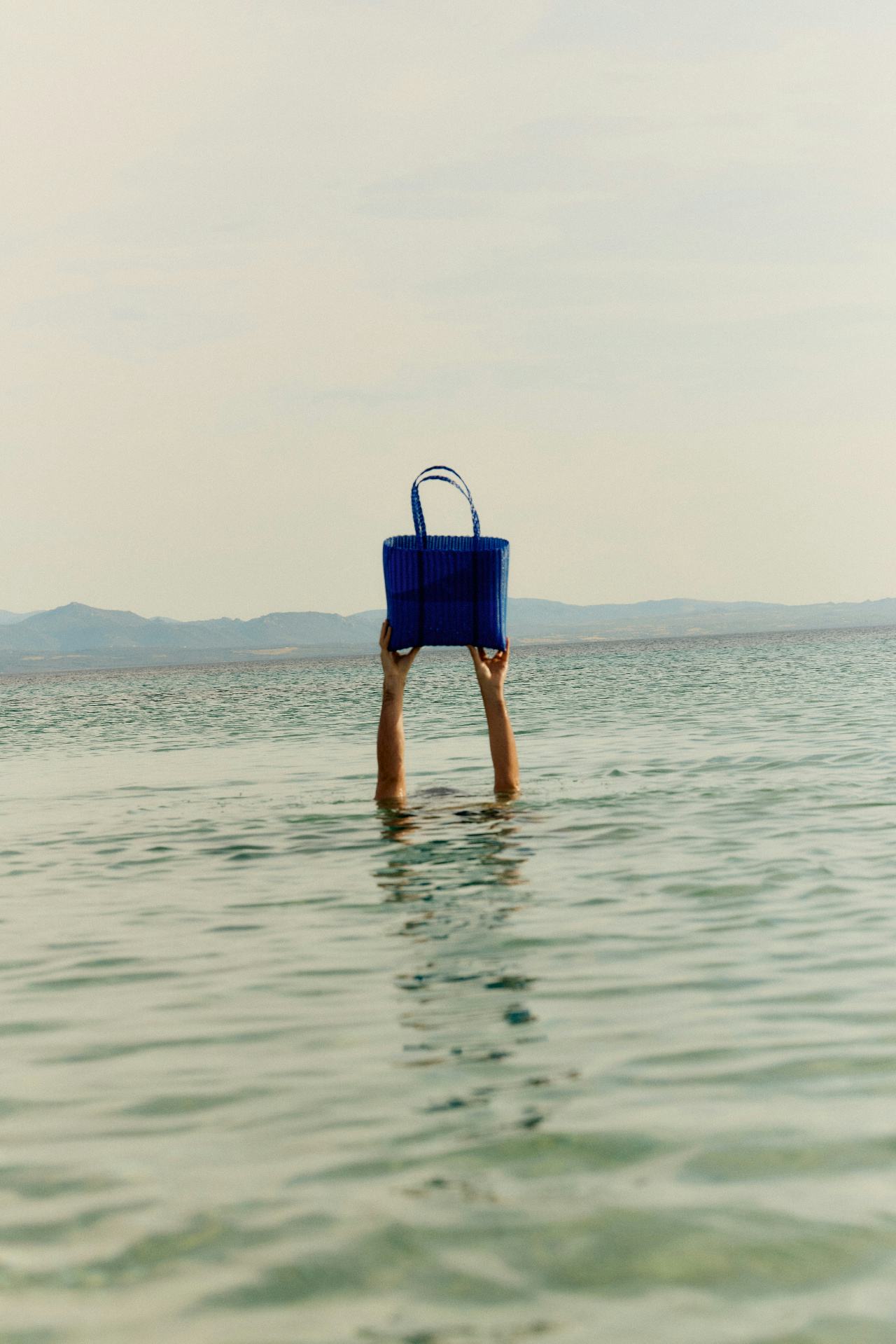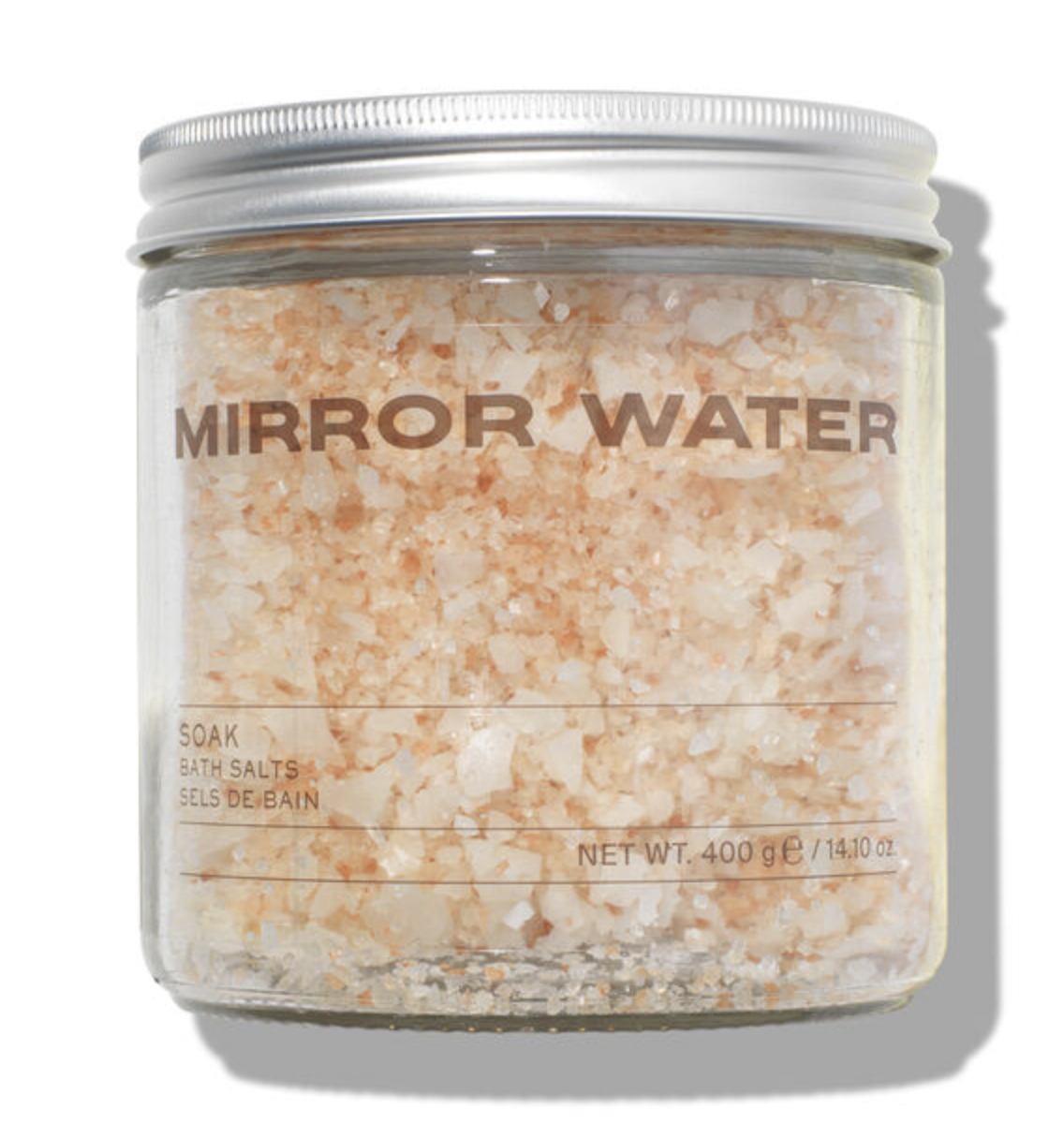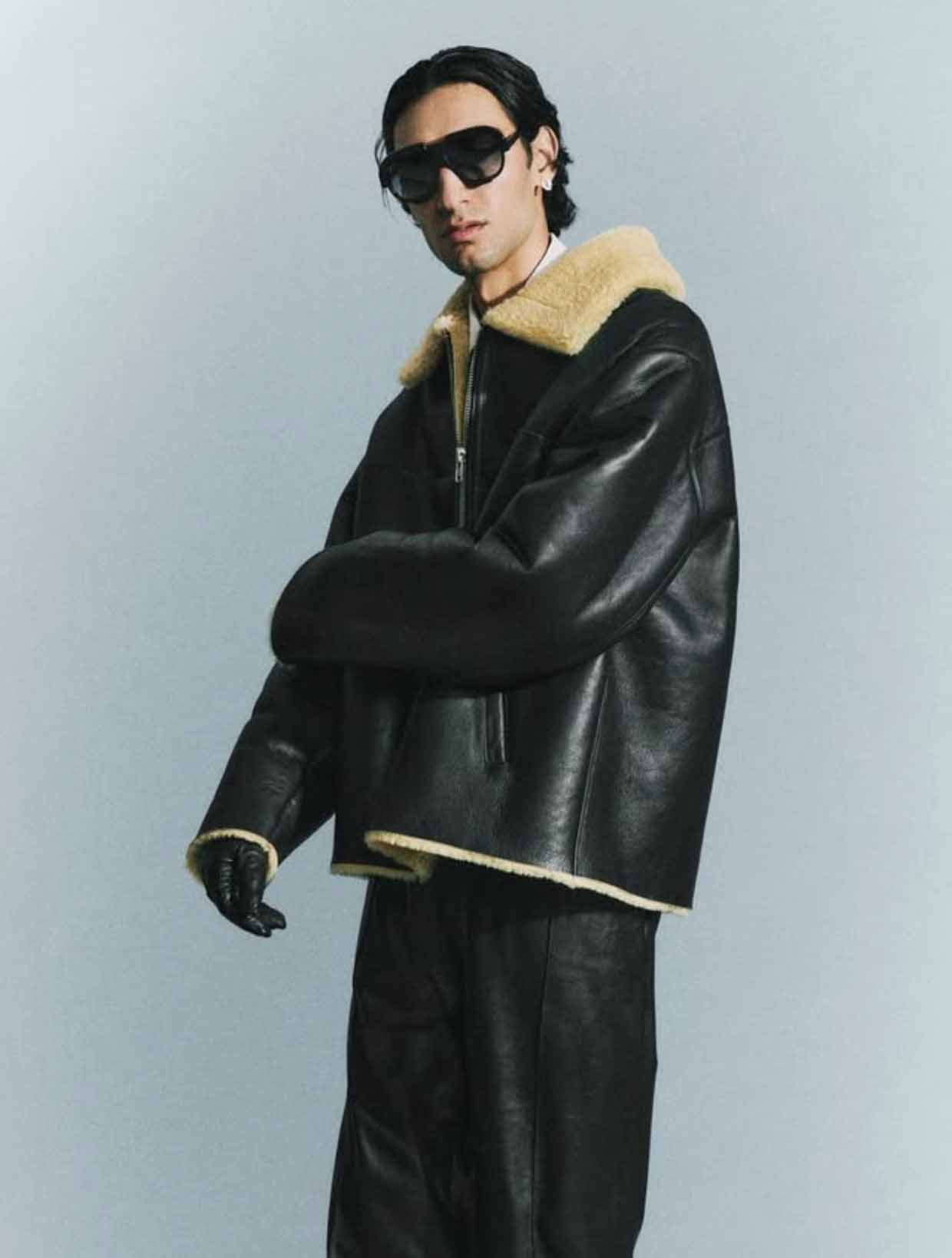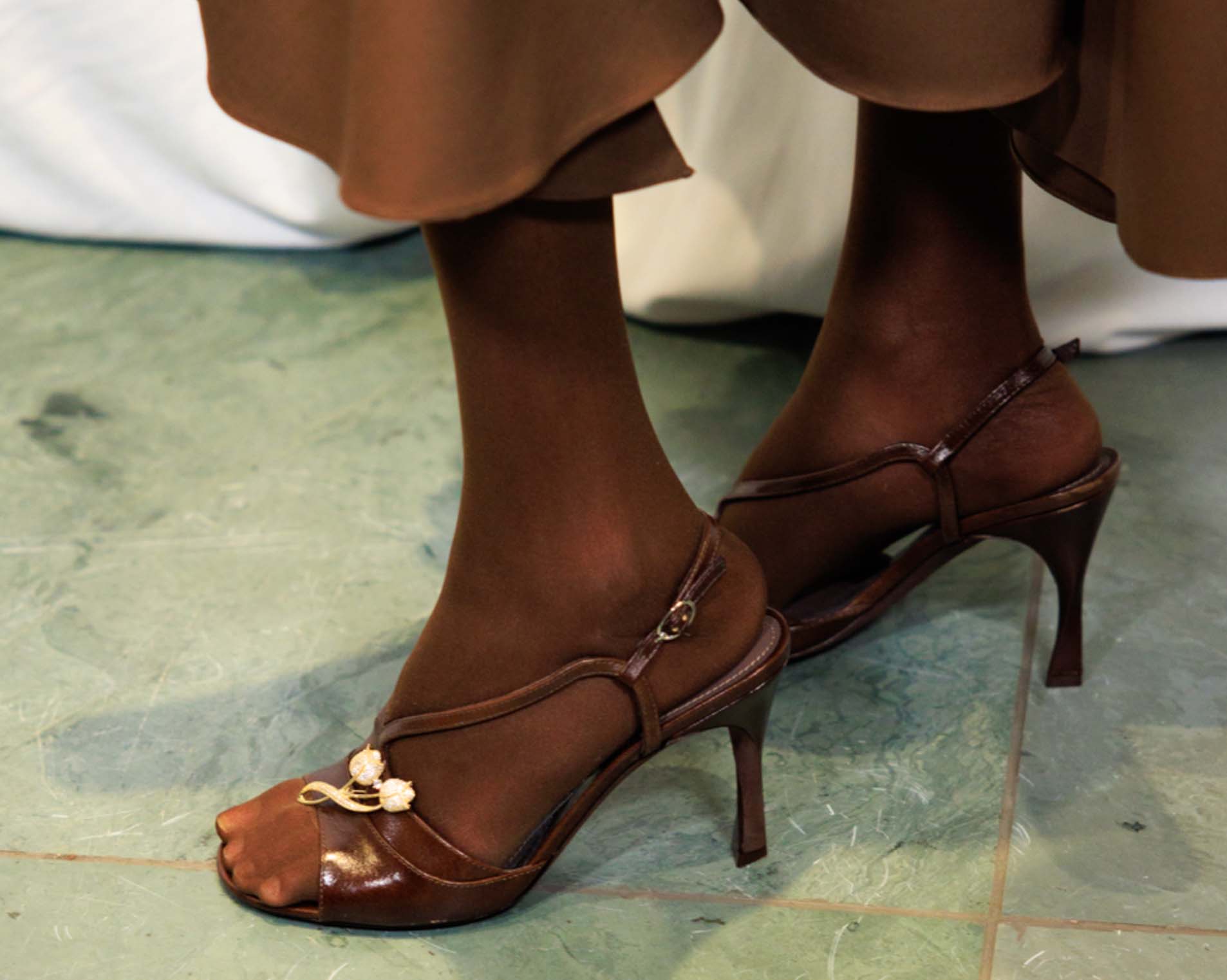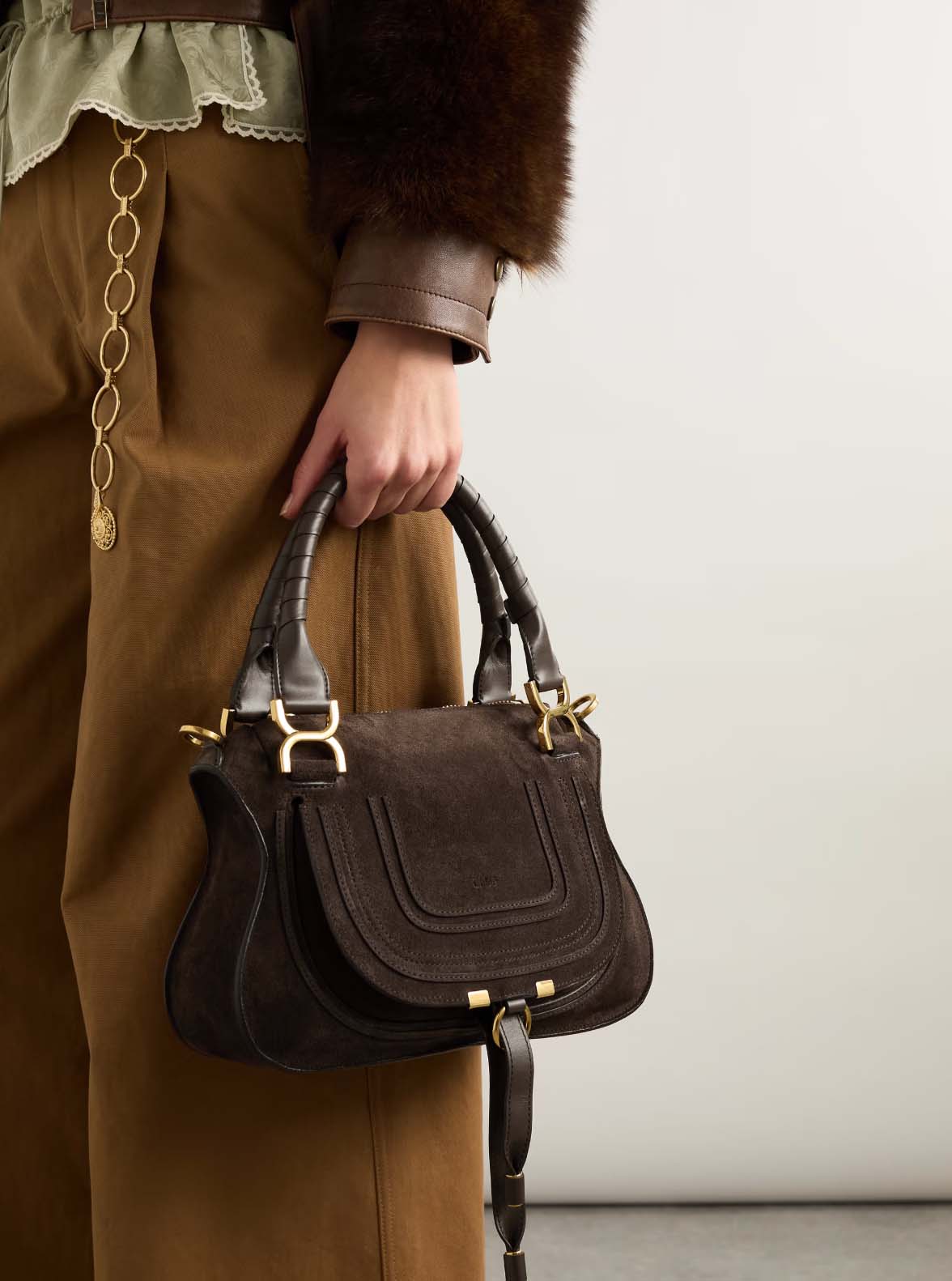
Why It's Time To Shop Local When It Comes To Clothes
Most of us don’t know where our clothes really come from — the country on the label is often just one stop along a much longer journey. But what if you knew who made them, by name? Amy Anderson, founder of clothing brand Kindred of Ireland, makes her case for a new way of working (and shopping).
https://cdn.prod.website-files.com/6890b6b92e2f6cdc66695970/68dc31c269df3981d36ee6e9_Kelis%20-%20Trick%20Me-%5BAudioTrimmer.com%5D.mp3
00:55
https://cdn.prod.website-files.com/6890b6b92e2f6cdc66695970/68dc31c269df3981d36ee6e9_Kelis%20-%20Trick%20Me-%5BAudioTrimmer.com%5D.mp3
00:55
"Local" isn’t a trend; it’s a repair of relationships. When making happens closer to home, you shorten both the physical miles and the moral distance between brand and maker. You gain sightlines: who cut this cloth, who stitched this seam, what pressures they were under. That visibility changes behaviour. You design more carefully, order more sensibly, plan smaller runs, and adjust in real time. Waste falls. Quality rises. And when something isn’t right, you can walk in and fix it at the source.
At Kindred of Ireland, local looks like weekly visits with our seamstresses — the people who cut and sew our pieces with quiet excellence. We know their names. We’ve met their families. We know their hopes and dreams. When your supply chain is someone you’ll see next Thursday, ‘corporate responsibility’ stops being a slogan and starts being a way of working: dependable orders, fair lead times, honest pricing, long-term commitment. That human proximity is the first safeguard against exploitation — and it’s what’s too often lost in sprawling, multi-tiered supply chains where even ‘luxury’ can become detached from the people who actually make the clothes.
Local by itself isn’t automatically sustainable. It can be — when paired with discipline. For us, that means small batches and a willingness to slow down rather than push volume for its own sake. It means designing pieces that live in a wardrobe for years: thoughtful details, generous ease, silhouettes that dress up or down, and materials chosen for longevity and repair.
There’s a practical upside, too. When your cutter, sample room, and production are within driving distance, you can test and learn without shipping boxes across continents. You can change a pattern piece on the cutting table, or reroute fabric into a different style before waste is created. Lead times shorten. The work becomes calmer, more precise — and ultimately better for the customer.
Our linen story sits inside this. Irish linen carries a legacy worth protecting and a future worth imagining. Keeping making local lets us honour both. The last working beetling engines are about forty minutes from our studio — an endangered skill on the brink of extinction. Standing there, watching wooden hammers fall and feeling the cloth change under hand, you design differently. You choose finishes for how they live, not just how they look. You think about repair and re-wear. You ask whether a detail is worthy of the maker’s time. Proximity breeds care.
There is another, quieter benefit of buying closer to home: resilience. Shorter chains with fewer hand-offs tend to break less. They’re easier to see, easier to steward, and easier to improve. Recent headlines about luxury fashion have shown how quickly standards can slip when layers of subcontracting create distance. The corrective isn’t a press release — it’s proximity: fewer tiers, deeper relationships, clearer accountability.
Is local more expensive? Yes. But the price reflects what’s really there: fairer wages; skilled hands and the time it takes to train them; realistic timelines; heritage fabrics; and the kind of small-batch precision that avoids overproduction. The value shows up later — in clothes that earn their keep season after season, and can be repaired and passed on.
In the end, local doesn’t mean perfection. It doesn’t mean everything is automatically more sustainable. But it does mean clarity — a supply chain short enough to trace, to walk, to shake hands along the way. For us, that’s the most radical sustainable choice because it ties everyone back together: the designer, the cutter, the sewer, and the person who wears the piece and cares for it.
If you can, buy a little closer to home. Ask who made it. Reward the brands that can answer plainly. That simple act — repeated often — is how we rebuild not just local supply chains, but trust.
No items found.
